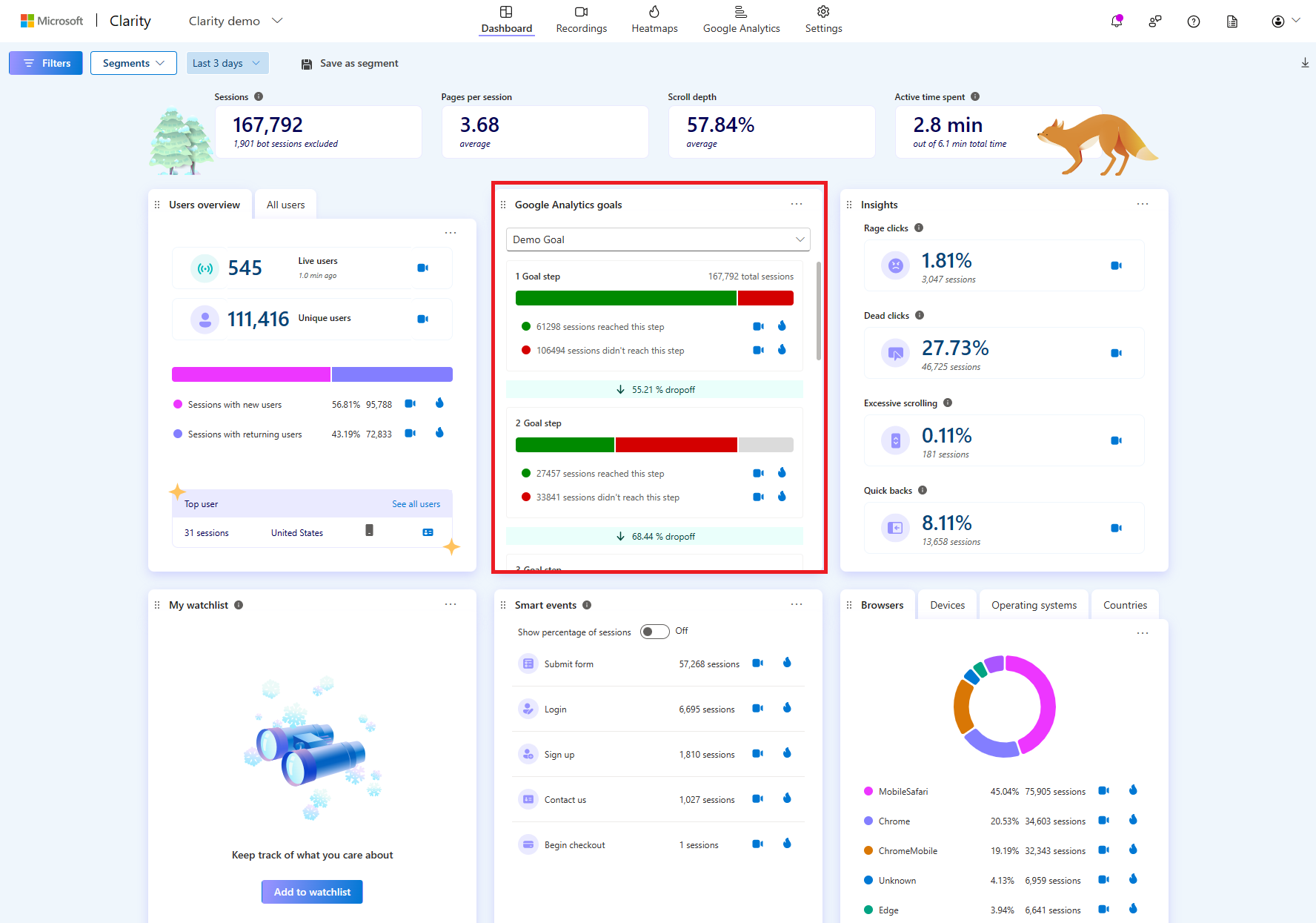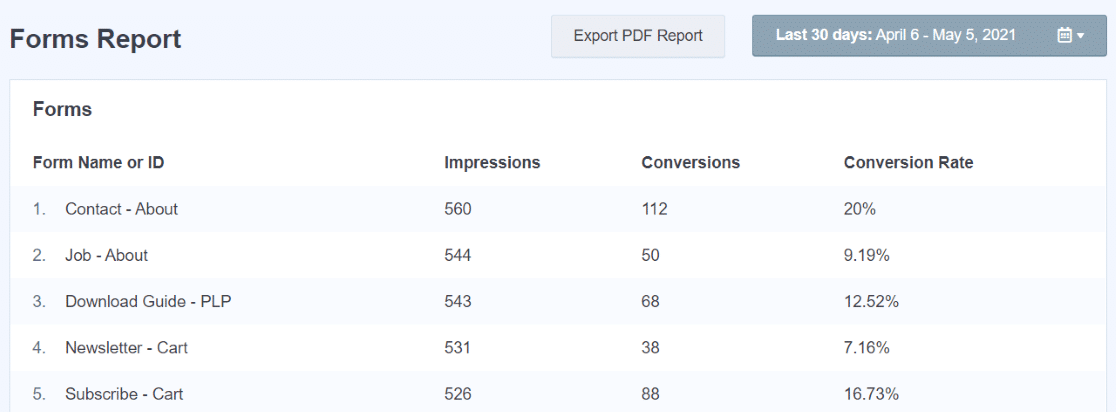Discovering What Data Is Google Analytics Goals Unable to Track
Discovering What Data Is Google Analytics Goals Unable to Track
Blog Article
Revealing the Blind Destinations: Comprehending What Google Analytics Goals Can not Determine
In the world of electronic analytics, Google Analytics stands as a powerful tool for tracking and examining on the internet individual interactions. In the middle of its durable capacities, there exist blind places that commonly avert dimension. what data is google analytics goals unable to track. Recognizing what Google Analytics goals can not gauge is vital for getting a detailed view of individual habits and engagement. As we look into the intricacies of these unseen areas, we reveal an intricate web of uncharted regions that hold beneficial insights into individual activities and motivations, tough conventional wisdom and losing light on the restrictions of our data-driven understanding.
User Behavior on External Platforms
Comprehending exactly how users connect on exterior platforms is critical for enhancing online techniques. External systems, such as social media sites networks, recommendation websites, and on the internet discussion forums, play a significant role in driving website traffic to a company's internet site. By evaluating customer actions on these platforms, organizations can gain valuable understandings into the performance of their marketing initiatives and the choices of their target audience.
One secret aspect of individual actions on external platforms is the reference resource. By tracking where the users are coming from, organizations can identify which platforms are driving one of the most traffic to their web site. This details can assist firms allocate their resources better, concentrating on the platforms that yield the best results.

Offline Interactions and conversions
Analyzing user habits on exterior systems supplies useful understandings right into on the internet methods; nonetheless, taking into consideration offline conversions and communications is similarly necessary for a thorough understanding of a firm's overall performance. While Google Analytics excels at tracking on the internet interactions, it drops brief in catching the total client journey that often consists of offline touchpoints. Offline conversions, such as in-store purchases or phone queries, play a substantial duty in lots of companies' success. Ignoring these communications can cause a distorted view of the performance of advertising and marketing campaigns and overall business performance.

Attribution Beyond Last Click
When delving into the world of electronic advertising and marketing analytics, it becomes important to look beyond the single touchpoint of the last click for an extra comprehensive understanding of acknowledgment. While Google Analytics supplies beneficial insights into user behavior, depending exclusively on last-click acknowledgment can be limiting - what data is google analytics goals unable to track. Attribution models that surpass the last click provide a much more nuanced view of the consumer trip, thinking about all the touchpoints that bring about a conversion
Acknowledgment beyond the last click permits marketing professionals to designate credit to numerous communications along the conversion course, providing a clearer photo of the effectiveness of various advertising channels. By discovering multi-touch acknowledgment versions such as straight, time degeneration, or position-based attribution, companies can better allocate their advertising and marketing budget plans and optimize their strategies for optimal effect.
Understanding the impact of each touchpoint in the conversion procedure is vital for making notified decisions and taking full advantage of ROI. By embracing acknowledgment beyond the last click, businesses can get deeper understandings into consumer habits and customize their advertising initiatives extra successfully.
Cross-Device and Cross-Browser Monitoring

In a similar way, cross-browser tracking complements cross-device tracking by recording customer habits as they switch over in between different web internet browsers. Understanding how individuals engage with sites on numerous web browsers can aid online marketers enhance their on-line experiences to ensure consistency and performance across various systems.
Qualitative Data and User Intent
Recognizing individual intent with qualitative data evaluation is vital for establishing targeted digital advertising strategies that resonate with the needs and preferences of the target audience. Qualitative information provides insights right into the 'why' behind individual activities, shedding light on inspirations, emotions, and preferences that measurable information alone can not record. By assessing customer responses, comments, and interactions, online marketers can discover useful info regarding user intent, allowing them to customize their messaging, material, and offerings to better align with what their audience is seeking.
Qualitative information likewise helps in understanding the context in which customers engage with a site or application. This contextual understanding makes it possible for marketing experts to develop more personalized and pertinent experiences, inevitably driving greater interaction and conversion rates. By diving into user intent via click this site qualitative data evaluation, organizations can gain a much deeper understanding of their target audience, bring about a lot more effective advertising and marketing approaches that satisfy customers' assumptions and needs.
Final Thought
Finally, Google Analytics goals have constraints in measuring customer habits on exterior platforms, offline conversions, acknowledgment past last click, cross-browser and cross-device monitoring, and qualitative information connected to individual intent. what data is google analytics goals unable to track. It is this website necessary for organizations to be knowledgeable about these dead spots in order to supplement their information analysis with other devices and methods to obtain a more detailed understanding of their target market and improve their general electronic advertising and marketing strategies
By evaluating user behavior on these systems, businesses can acquire valuable insights into the performance of their marketing efforts and the choices of their target audience.
Assessing customer actions on external platforms supplies beneficial understandings into online techniques; nevertheless, taking into consideration offline conversions and communications is equally necessary for a comprehensive understanding of a company's overall performance.In digital advertising analytics, moving beyond last-click attribution to discover cross-device and cross-browser tracking is important for acquiring an alternative understanding of user interactions across various platforms and gadgets. By examining individual feedback, remarks, and communications, marketers can visit this page reveal beneficial info concerning individual intent, enabling them to tailor their messaging, material, and offerings to better straighten with what their target market is seeking.
By delving into user intent via qualitative information analysis, companies can acquire a deeper understanding of their target audience, leading to more effective advertising and marketing approaches that satisfy individuals' expectations and needs.
Report this page